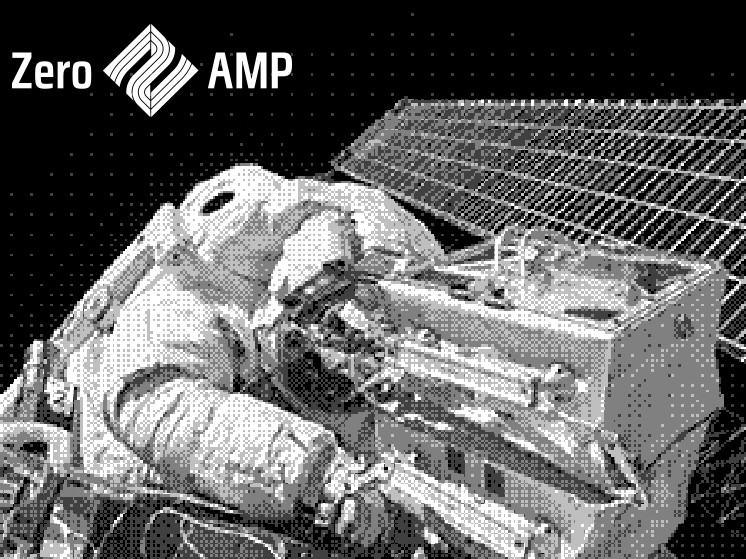Watch the new video about the ZeroAMP project!
Our EU-funded ZeroAMP project aims to develop tiny nanoelectromechanical (NEM) switches to mimic normal field effect transistors found in our everyday electronics and computers. Using its NEM switches, it will create computing platforms with very high energy efficiencies, able to operate in the harshest of environmental conditions. Emerging applications in space, aerospace, automotive, IoT and Industrial IoT among others, require electronics efficient enough to use ultra-low power sources in harsh environmental conditions. For this purpose, the European Union has granted EUR 3.5 million through the Horizon 2020 programme for ZeroAMP to run between January 2020 and December 2023. The project partners will develop NEM relay-based field-programmable gate arrays (FPGAs) with integrated non-volatile memory (NVM) that can work at temperatures up to 300 °C and with zero current leakage and standby power. The technology solution will incorporate novel materials, switch designs and circuit techniques along with advanced 3D stacking for large-scale integration of the NEM switching elements into complex systems. Charles Babbage was inspired to design the first mechanical computer in 1837, the “Analytical Engine”. Despite his brilliant concept, he never managed to create a working machine due to the limitations of manufacturing processes at the time. Nearly one hundred years later, ZeroAMP aims to honour his name and create a working mechanical computer using NEM switches. The video is available on the project website (https://www.zeroamp.eu) and the sharing platforms Vimeo (https://vimeo.com/463926354) and YouTube (https://www.youtube.com/watch?v=IVASzecwhqU). Enjoy and feel free to share the video via your social networks!
Schlüsselbegriffe
the edge, IoT, IIoT, EV, electric vehicles, Automotive, Environment, Nuclear, Aerospace, Space, Defence, Oil and Gas, Industrial, sensors, control systems SiC, MEMS, NEMS, silicon switch, NEMS relay, NVM, non-volatile memory, non-volatile switch, ultra-low power computing, zero-leakage, FPGA, bistable switch, re-programmable, tristable switch, 4-terminal switch, harsh environments, high temperature operation, energy scavenging, electrostatic actuation, mechanical logic, mechanical computer, System-on-Chip integration, wafer-level packaging, wafer bonding, hermetic vacuum sealing, flip-chip packaging, high reliability, reliable switching cycles, contact material, nano-crystalline graphite, NCG



